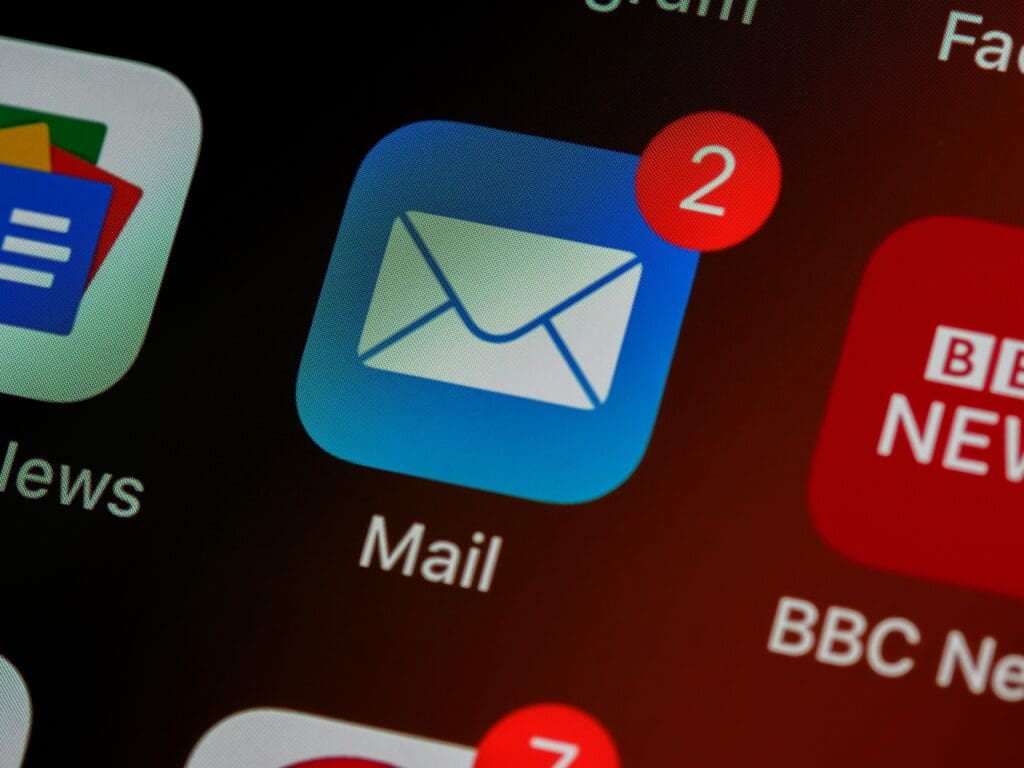Email Marketing Amidst COVID: How to Stand Out

Email Marketing Amidst COVID: Stand Out From the Noise
When the COVID-19 pandemic came down in earnest in March of 2020, a lot of companies were thrown for a loop. They didn’t know whether they should keep marketing, whether their customers would still have the spending power to even buy from them, or how the world would change.
One major consideration was taking into account people’s priorities. With mass layoffs, a health crisis, an economic collapse, grocery shortages, and other worrisome trends rearing their heads, a lot of people weren’t in the mood for frivolous marketing, so marketers sent very serious messages about weathering the storm.
Then, companies had to rethink how they conducted their business, whether it was switching from in-person to remote meetings, adding delivery features, or implementing contactless service. That added more emails to the mix, overwhelming people who were already getting more emails by nature of working from home and staying inside.
The net result has been a flood of messaging to a group of people who aren’t especially receptive to marketing in these stressful times. They might not want to hear from you at all, but you need to keep your business afloat, and that means sending emails. Here’s how to stand out without overwhelming your customers.
Segmentation
Ideally, you’d never send an email that the recipient didn’t want to receive. That’s nearly impossible to do, but good segmentation is about as close as you can get. At a time when people are more stressed than usual, the last thing you want to do is flood their inboxes with emails that don’t apply to them.
Instead, divide your email database into smaller groups and lists based on any number (or combination) of the following criteria:
- Demographics: whether it’s age, location, job title, or income level, chances are good that not every email will appeal to everyone in your database in the same way. Narrow down your emails to the people who fit them best and leave the rest out.
- Purchase history: if you’re a retailer having a sale on a particular brand, it makes sense to send an email to people who have shown interest in that brand before. If you’re selling an upgrade to a higher service tier, send the email to people who have been at the next tier down for a while and might want an upgrade.
- Engagement: most email clients will let you automatically create email lists of people who frequently open your emails and click on the links within them. Over time, you can narrow those lists down. If you’ve sent 100 emails with whitepapers and only 20 percent of your email list have opened more than ten, focus on those 20 percent the next time you send one out.
- Position in the Funnel: someone who just started shopping around and wants to find out more isn’t ready for the hard sell yet. On the other hand, someone who’s been checking pricing and getting custom quotes might be right on the verge of converting. These two people shouldn’t be receiving the same messaging, so make sure you’re keeping them separate on your email lists.
There are a practically unlimited number of ways to slice up your email database, and they’ll depend on what factors are most important to you and your business. Experiment with different iterations of email segments to find the ones that get the best engagement.
Design
People aren’t in the mood for garish, flashy emails covered in giant “20% off” signs. They’ve got a lot on their minds right now, so they should be able to open an email and immediately know whether it’s relevant to them or not.
That means you need to keep your design simple, light, and straightforward. Put the relevant info front and center, and don’t mess around with too many bells and whistles. Don’t try to do too much at once (more on that in a second). And make sure your emails are mobile-friendly — lots of people only look at emails on their phone, so tiny text and oddly-shaped images won’t translate. In fact, don’t make your emails too reliant on images at all. Many mobile clients don’t load them in order to save data, so if your email doesn’t work without the pictures, don’t send it.
Content
At the time we’re publishing this in September 2020, a lot of businesses have settled into a new normal. We’re past the phase of initial shock and economic downturn where no one knew what might happen next and we’ve moved into a new phase where people’s lives (online, at least) are starting to resemble normalcy.
What we mean by that is that you don’t have to be quite as somber and serious as you were in March, but that also doesn’t mean you can pull out all the stops. Think about what an email is trying to accomplish — promote a product, offer a download, deliver news, or whatever else — and then only do that. Emails should be single-purpose and simple.
Also, take care not to sound insensitive. People are frustrated with not being able to go to their favorite restaurants and movie theaters, so take a second and make sure you’re not accidentally talking about things they can’t do. Don’t talk about “beach weather” and don’t use photos of parties, for example. You shouldn’t be trying to pretend that nothing’s wrong, you’re just changing the subject a little.
Timing
The last thing to consider is timing, and the advice is simple — tone it down. People have been stuck at their desks, working from home or unemployed, unable to take their mind off of things at bars or restaurants for months, and the last thing they want is the same annoying email three times a week in their inbox.
Take a close look at which of your emails are the most effective and focus on those, letting the rest sit on the back burner for a while. If you used to send out an email with every new blog post, condense those into a newsletter once a month. If you’ve been doing daily deals, switch to weekly. Make sure each email has a good reason to exist and people will be much happier to see them
A New Normal
The truth is, this pandemic and the ensuing upheaval in our economy has hit every company differently, and we don’t know how long it will be before things look “normal” again. Everyone is figuring it out as they go along, so our advice might not work for everyone. It might not even work for us in a few months!
As with everything in marketing, the key is to be constantly experimenting and iterating to find the solution that works best for your customers, your employees, and your brand. Keep tweaking and measuring your results to create a strategy that is best for you.





